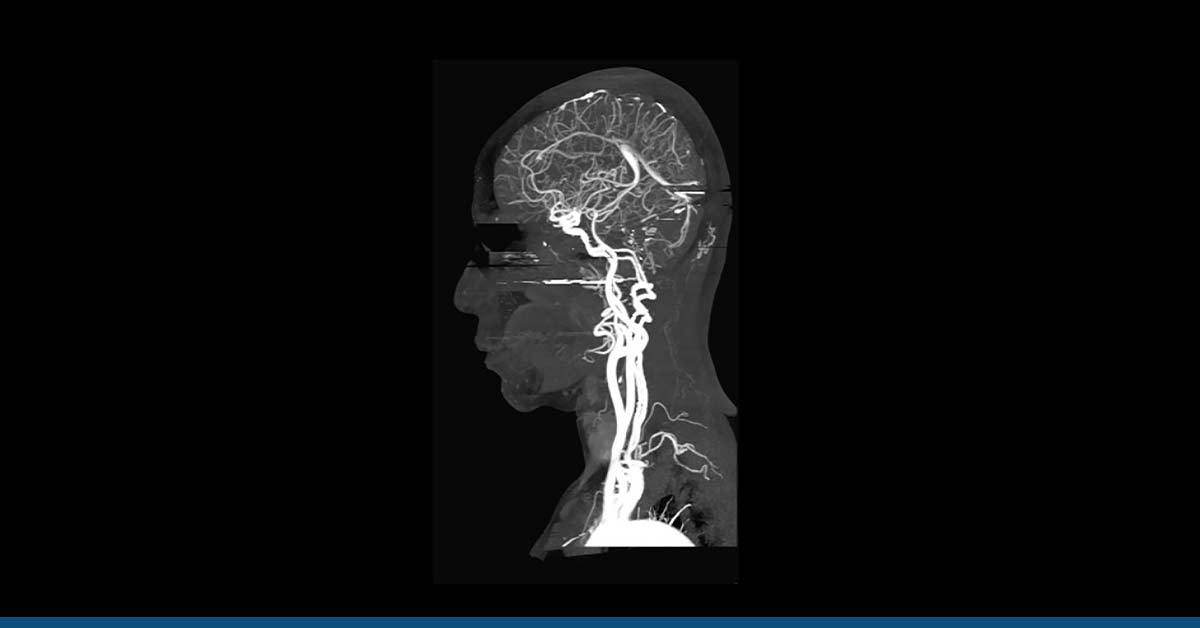You have probably heard about type 1 or type 2 diabetes mellitus or come across people with the disease. But have you heard about type 4 diabetes? While research is still in the pre-mature stage, scientists have discovered a new kind of diabetes, type 4 diabetes mellitus.
While reading this article, you must remember that research on type 4 diabetes is still ongoing and that there is a lot unknown to researchers.
Table of Contents
ToggleWhat Is Type 4 Diabetes?
Type 4 diabetes is the term used to describe the overproduction of immune system cells in elderly patients with lean bodies or those who are not overweight. Since it occurs in people who are not obese, it may stay undetected by doctors. Ronald Evans, who carried out the research on type 4 diabetes, estimates that about 20 percent of the people diagnosed with diabetes and over 65 years of age have diabetes type 4. That makes 9.4 million Americans who have this type of diabetes. Furthermore, since type 4 diabetes goes undetected by doctors, there might be some others who stay undiagnosed.
What Happens Inside The Body During Diabetes Type 4?
In type 1 diabetes, the pancreas stops producing insulin, or as is the case in type 2 diabetes, the cells stop responding to the hormone and become resistant to it. Since glucose stays in the blood, the blood glucose level remains high which could lead to many healthcare issues and even death.
People with type 4 diabetes have high levels of a type of white blood cell, the regulatory T-lymphocytes. These cells are found within the adipose tissue and accumulate within fat. The accumulation of these immune cells directly proportions to the person’s age. As the person grows older, more cells accumulate.
How Does This Happen?
Fat tissue is under constant repair as it breaks down and builds itself. Therefore, it needs a low level of inflammation. As people age, however, regulatory T-lymphocytes start accumulating in the fat. When the fat deposits get bigger, they block inflammation in the adipose tissue and eventually lead to fat deposits in the body. This usually takes place in the liver. That ultimately leads to insulin resistance which results in diabetes.
A Brief Overview of the Study of Diabetes Type-4
Researchers at the Salk Institute carried out research into type 4 diabetes. Two professors, Ronald Evans and Ye Zheng carried it out.
Diabetes 1, characterized by no insulin production, develops during childhood, and type 2, in which cells do not respond to insulin, leads to the patient being overweight. So what about people who have diabetes later in life and are not overweight?
In order to answer their questions, the two professors experimented with mice. They found out that while mice whose diabetes was a result of obesity had normal amounts of regulatory T-lymphocytes, mice that were older and had diabetes had an abnormally high amount of the same white-blood cells.
The scientists also noticed that blocking the accumulation of these white blood cells resulted in the mice not developing type 4 diabetes.
Can Type 4 Diabetes Be Prevented?

The answer is still unknown. What scientists do know yet is that the onset of the disease is related to the process of aging. As the person grows old and the cells age, more T-regulatory cells deposit in the fat tissue.
Causes of type-4 Diabetes
According to recent studies, type 4 diabetes links to the aging process. It occurs due to the accumulation of T-regulatory cells.
Symptoms of Type 4 Diabetes
When you hear about diabetes, you probably imagine the person with it as overweight. However, type 4 diabetes occurs in people who do not meet such conditions and are lean instead. That can be why diabetes type 4 is underdiagnosed in older people. According to Ronald Evan, “Oftentimes people think that if they are lean, they stay protected from diabetes, and most physicians would think that”.
Research on type 4 diabetes is still ongoing and is very much in its earlier stage, which is why there is no specific diagnostic procedure for it.
Here are some symptoms you should be on the lookout for. It must be kept in mind, however, that these symptoms could be related to some other diseases or other types of diabetes, so it is best to refer to a doctor:
- Extreme levels of exhaustion
- Feeling thirsty all the time
- Feeling hungry
- A blurred vision
- Cuts, wounds, or sores that take a lot of time to heal
- Peeing or urinating a lot. That is because of increased blood glucose levels and the kidneys trying to rid it.
- Lack of sensation in hand or feet
- Unexplained weight loss
Can It Be Treated?
There is no specific cure for diabetes in general. However, through treatment, you can control the outspread of the disease.
Type 4 diabetes is already in the developing stage, and there is not much of an answer to its treatment. If you were to consult your doctor, they would probably go for the same treatment procedure as for type 2 diabetes. That includes incorporating a healthy lifestyle, exercising, the intake of diabetes-related medicine, pursuing insulin therapy, and keeping track of the blood sugar levels. Of course, losing weight is not the cure for diabetes type 4.
Researchers are also trying to create an anti-body that will prevent the accumulation of T-regulatory cells.
Other Types of diabetes
Diabetes type 1, diabetes type 2, and gestational diabetes are the most common types of diabetes. Gestational diabetes occurs due to hormonal changes during pregnancy.
Other types of diabetes mellitus which are not very common include:
- Steroid-induced diabetes: a result of steroid intake that alters the production of hormones.
- Diabetes can also be a result of other conditions such as cancer in the pancreas or pancreatitis.
- Mature onset diabetes of the young is an inherited type of disease and relates to genetics.
The Research Continues
A lot is unknown about the disease, and people working in the field have many questions.
Researchers want to know the exact interaction process between T-regulatory cells and the fat tissue.
By getting samples from older people that fit the criteria, i.e., they are lean and not over-weight, scientists want to know if the same procedure applies to humans. Getting samples in itself is a difficult procedure and will take time.
Furthermore, researchers want to know whether the immune cells deposit in other organs apart from the liver in people going through the aging process normally.
Get Help Immediately
If you feel thirsty all the time, have constant exhaustion or increased bouts of hunger, or any of the above-mentioned symptoms, refer to a doctor now. In 2019, diabetes killed 87, 647 people and became the seventh primary cause of death in the USA. Diabetes is something you should be concerned about. Our consultants at HG Analytics are well-trained and can help you diagnose your disease and provide a follow-up measure. If you are worried that you might have type 4 diabetes, they can help configure that out for you.





